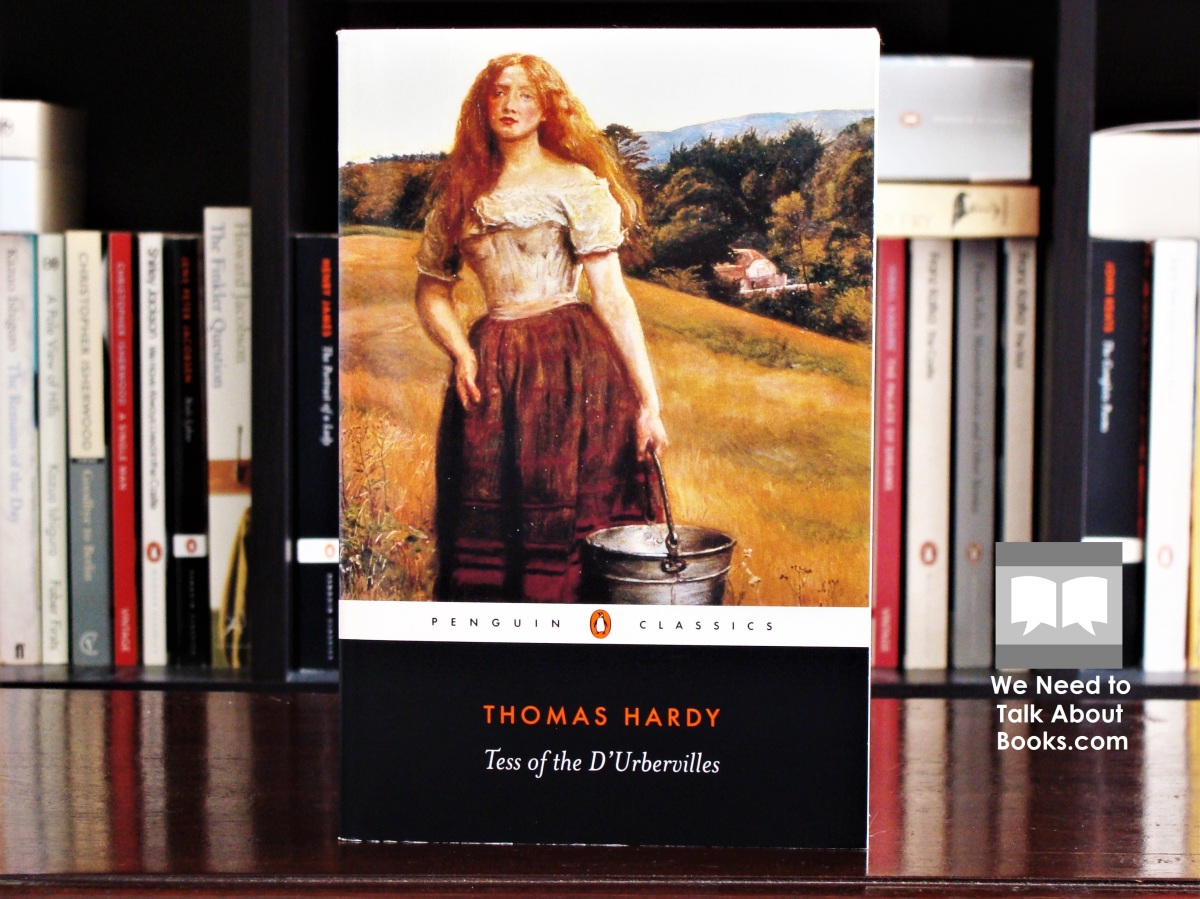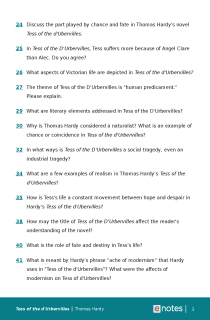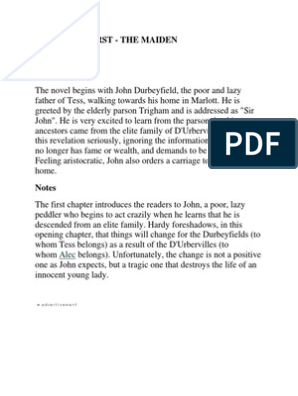Thomas Hardy's Tess of the d'Urbervilles is a novel that tells the story of Tess, a young woman who becomes a victim of circumstance and societal pressure. The novel deals with themes of love, sexuality, and social class, and Hardy's depiction of Tess's experiences has led to it being considered a classic of English literature.
One of the most striking aspects of Tess of the d'Urbervilles is Hardy's portrayal of Tess as a victim. From the very beginning of the novel, Tess is subjected to a series of events that are beyond her control and that ultimately lead to her downfall. For example, her father's decision to claim a connection to the wealthy d'Urberville family leads to her encounter with Alec d'Urberville, who sexually abuses and seduces her. This event, which occurs before Tess has even reached adulthood, sets the stage for the rest of the novel and the ways in which Tess is subjected to mistreatment and abuse.
Another aspect of Tess of the d'Urbervilles that is worth considering is Hardy's depiction of gender and sexual relationships. Tess is portrayed as a victim not only because of the events that befall her, but also because of the ways in which she is treated by the men in her life. Alec d'Urberville, for instance, takes advantage of Tess's naivety and vulnerability, using her for his own pleasure and then abandoning her when she becomes pregnant. Similarly, Angel Clare, the man whom Tess ultimately falls in love with, ultimately rejects her because of her past experiences with Alec. In both cases, Tess is treated as an object rather than a person, and her desires and feelings are consistently overlooked.
Hardy's portrayal of social class is also worth considering in a critical analysis of Tess of the d'Urbervilles. Throughout the novel, Tess is constantly caught between two worlds: the working-class life she was born into and the upper-class world of the d'Urbervilles. This tension is perhaps most evident in Tess's relationship with Alec, who comes from a wealthy and influential family. Alec is able to manipulate and control Tess, in part because of the power dynamics at play between them. However, Tess is also able to resist Alec to some extent, and the novel ultimately suggests that it is society and its expectations and limitations that are responsible for Tess's suffering.
In conclusion, Tess of the d'Urbervilles is a complex and thought-provoking novel that deals with themes of love, sexuality, and social class. Hardy's portrayal of Tess as a victim, and the ways in which gender and social class play a role in her mistreatment, are particularly









